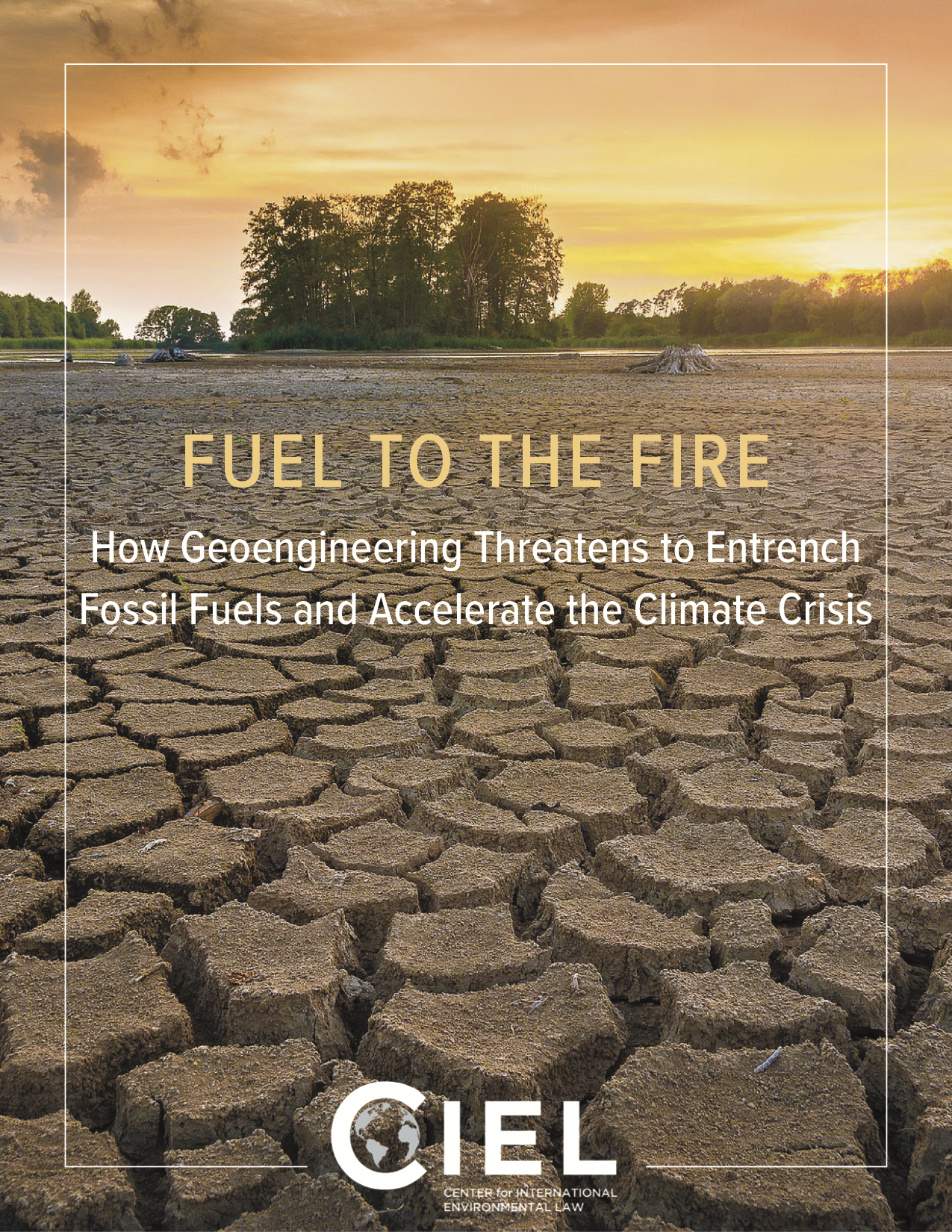Agriculture in Transition is the last word on eco-farming systems from America’s “environmental agronomist” – Donald L. Schriefer. A pioneer in developing an awareness of the relation of tillage to soil fertility, Schriefer focused on three major soil basics – soil aeration, soil water, and soil decay – as the foundation of sound, productive agriculture.
Schriefer’s unique approaches to the business of farming involve systems-based analyses that allow the grower to manage the more intimate details of plant and soil care, and still account for all aspects of farming. He focuses on reducing or eliminating yield-limiting factors (such as seed selection, excessive tillage and a dependence on technology) to maximize yields, quality, and net returns.
The excerpt below discusses tillage, and specifically the four essential aspects of creating and maintaining a healthy soil with abundant, productive, useful soil life and biology.

Agriculture in Transition by Donald Schriefer
From Chapter 12: The Tillage System
As a beginning, we understand that to effectively manage the below-ground environment we must attend to four essential areas. These are:
- soil aeration,
- soil water,
- soil life, and
- soil fertility
These are the four cornerstones of our entire farm operation. Our farming success will be in direct proportion to our understanding and ability to manage each of these important areas.
Soil aeration
We must be as attentive to soil aeration as we are to assuring an adequate air supply to the cylinders of our tractor engines. Soil life, root growth, water and nutrient uptake are all oxygen-demanding processes.
The importance of nutrient uptake by the roots can be compared to a vacuum cleaner and its filters. A vacuum cleaner cannot gather things if its filters are plugged. Sufficient moisture and oxygen around the roots turns them into efficient vacuum cleaners in the gathering of soil nutrients and water.
Gas diffusion is a law of gasses which states: “Gasses diffuse from an area of higher concentration to an area of lower concentration until pressure equalizes in all areas.”
Since oxygen is much higher in the atmosphere than in the soil, it makes every effort to diffuse into the soil. As more oxygen is used in the soil by roots and soil life, more carbon dioxide is released into the soil air. The high concentration of carbon dioxide within the soil then diffuses into the atmosphere, where the process of photosynthesis turns it into sugar to be used by the plants. This all happens during the growing season, when plants need all of the carbon dioxide they can get.
Crops such as corn need this additional supply of carbon dioxide since there is not enough in the atmosphere alone to produce the high yields desired. The gas diffusion process is dependent upon the loosening effect of the soil through correct use of tillage and the actions of soil life.
Soil water
Correct management of soil water involves three major principles. These are:
- Under normal circumstances, rainfall and irrigation water must be able to penetrate into the soil where it falls.
- The penetrating water must also be able to move downward into the subsoil.
- In addition to water, the roots of crops must also have unrestricted access into the subsoil.
We must face two major problems in our search for ways to manage water, with the first being a recognition that almost all soils have a natural barrier of compacted soil particles that restrict roots and water from freely entering into the subsoil. Because of this natural barrier, we can make only limited use of the subsoil and are basically forced to farm with both roots and water in the “up” position.
Second, our cultivation practices impart massive compaction, mismanage residue, and severely limit the activities of soil life. As a result, soil seals over to become very dense and allow the water to run off. This promotes excessive erosion and pollution of waterways.
The soil decay system
Our third critical area of management is taking care of crop residue and its decomposition.
Figure 24 (below) illustrates how an untreated fence post decomposes from the soil surface downward 3 to 5 inches. In untilled soil, this is the most biologically active zone. However, deep, penetrating roots can carry biological activity all the way into the subsoil.

Positioning residue on and near the surface ensures its decomposition, which releases nutrients and carbon dioxide, improves soil tilth, and imparts many other benefits to the soil-plant system.
On our list of “cornerstones” which include soil aeration, soil water, soil life and fertility, we have placed soil fertility last. This is not to diminish it in importance, but rather, to emphasize that pouring on fertilizer is not a guarantee of high yields.
We must judge a soil’s fertility based upon how well our crops respond to that fertility rather than by soil test results alone. Certain things must be addressed in the area of fertility management:
- All essential nutrients need to be in balance within the soil system.
- These essential nutrients must be accessible in adequate concentration to the plants.
- Crops must be able to efficiently recover these available nutrients.
Nutrient balance and concentration is the simplest part of managing soil fertility. Assuring nutrient recovery is considerably more complex. The first three areas of management — soil aeration, soil water and soil decay — are keys to guaranteeing nutrient recovery.
Root growth and the uptake of nutrients are oxygen-consuming processes. Soil aeration guarantees these two functions if water is in adequate supply. Air and water are also necessary to the release of nutrients through the decaying of crop residue.
These first three areas of management are controlled primarily through tillage and the activities of soil life. Tillage and soil life are both important and must complement each other. The permanence of soil structure or tilth can be maintained only through the continuous activity of soil life. When soil becomes biologically inactive, gravity begins to rule and tightens the soil.
In effect, the soil life serves as a dispersion machine by flocculating the soil particles with the glues of microbial exudates to prevent gravity from pulling individual soil colloids together into massive structures.
Figure 25 (below) shows massive structures formed in biologically inactive soils. These structures are not friendly to plant or soil life.

Figure 25 – clods of soil that are not friendly to plant or soil life.
Figure 26, on the other hand, shows the beautiful crumb-like structure which only active soil life can form.

Figure 26 – Example of good soil structure for soil life.
We emphasize that most tillage operations are in some degree detrimental to the soil system. Excessive tillage can over-aerate the soil, cause too much oxidation of humus and residue, disturb soil life activity, and give way to compaction and clod problems, all of which can become very yield limiting.
On the other hand, tillage can encourage soil life if it improves soil aeration, water and residue management. Most tillage programs do not complement these three areas, and the result is that biological activity is not sufficient to maintain good soil tilth on many farms.
Let us review the effect standard preplant spring tillage systems have on soil microbial activity. In spring, we can usually observe our soil starting to develop a crumb-like structure, which starts at the surface. This structure is the result of microbial activity releasing exudates that structure the soil by grouping the soil particles into crumb-like aggregates.
This granulation or crumbing of soil particles will continue its downward mellowing effect until something interferes with the soil life. A heavy, beating rain on unprotected soil can seal the surface, causing soil aeration problems that slow or even stop the microbial soil-mellowing action.
Standard tillage is the major culprit in stopping this desirable biological process. Preplant spring tillage works soil to a depth of 4 to 6 inches. This mixes the upper, biologically active layer of soil with the lower, cold, wet and biologically inactive soil. This loosening and mixing almost certainly stops biological activity dead in its tracks.
Soil mixing also causes smearing, drying and the formation of clods that break the continuity of the soil biology, sending it into dormancy. Unless conditions turn favorable, the biological activity may not reestablish itself for the rest of the season, with the result being tight, dense soil that can only be aided by extensive tillage to loosen the soil or crush the clods.
Clods such as those shown in Figure 25 (above) are primarily topsoil material, the most productive soil on the farm. They can represent 2 to 4 inches of the topsoil, and as such, they are totally out of production.
Biological activity within the soil is the only way to maintain permanence in the soil structure. Destroying the biological environment leads to permanently nonstructured, compacted soil. This situation will not be tolerated by those who understand gas diffusion and the importance of soil aeration. When done correctly, practices such as zone-tilling to eliminate preplant spring tillage will enhance the biological process.
It is essential that the reader recognize that the primary purpose of a well-planned tillage system is to complement soil aeration, soil water and soil life in such a way that we guarantee optimal crop response to soil fertility. This is a radically new way to view the purpose of tillage and add new meaning to our term, “tillage in transition.” The term implies a change of direction. We must know exactly where we are going, and our changes must be based upon knowledge, rather than trial and error or hearsay.
Want more? Buy this book from Acres U.S.A. here.
About Donald Schriefer

Donald L. Schriefer passed from this life on July 30, 1998. He had spent more than five years battling acute leukemia, but he did not lie down and wait for death to come. He left this manuscript as a legacy to his lifelong friends — the farmers — knowing that those left behind would have it published.
One of America’s first “environmental agronomists,” he is best known for his consulting work on behalf of many of the country’s largest, most successful farmers. His innovation in tillage systems, foliar feeding of crops, and soil fertility management earned him the respect of both conventional and ecological farmers. He contributed frequently to various agricultural publications and was well known for conducting numerous seminars and farm programs annually. He has previously written two books, From the Soil Up and Tillage in Transition.



















